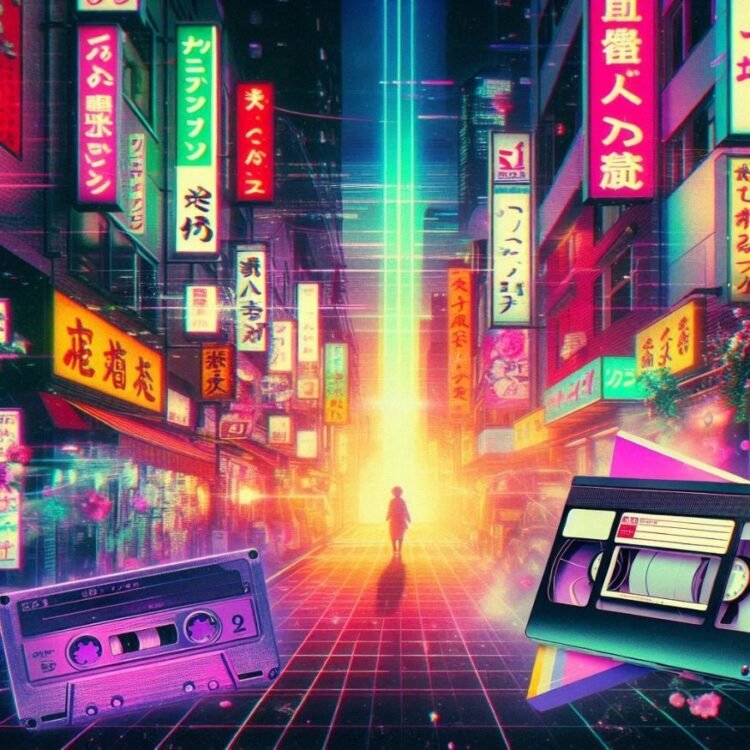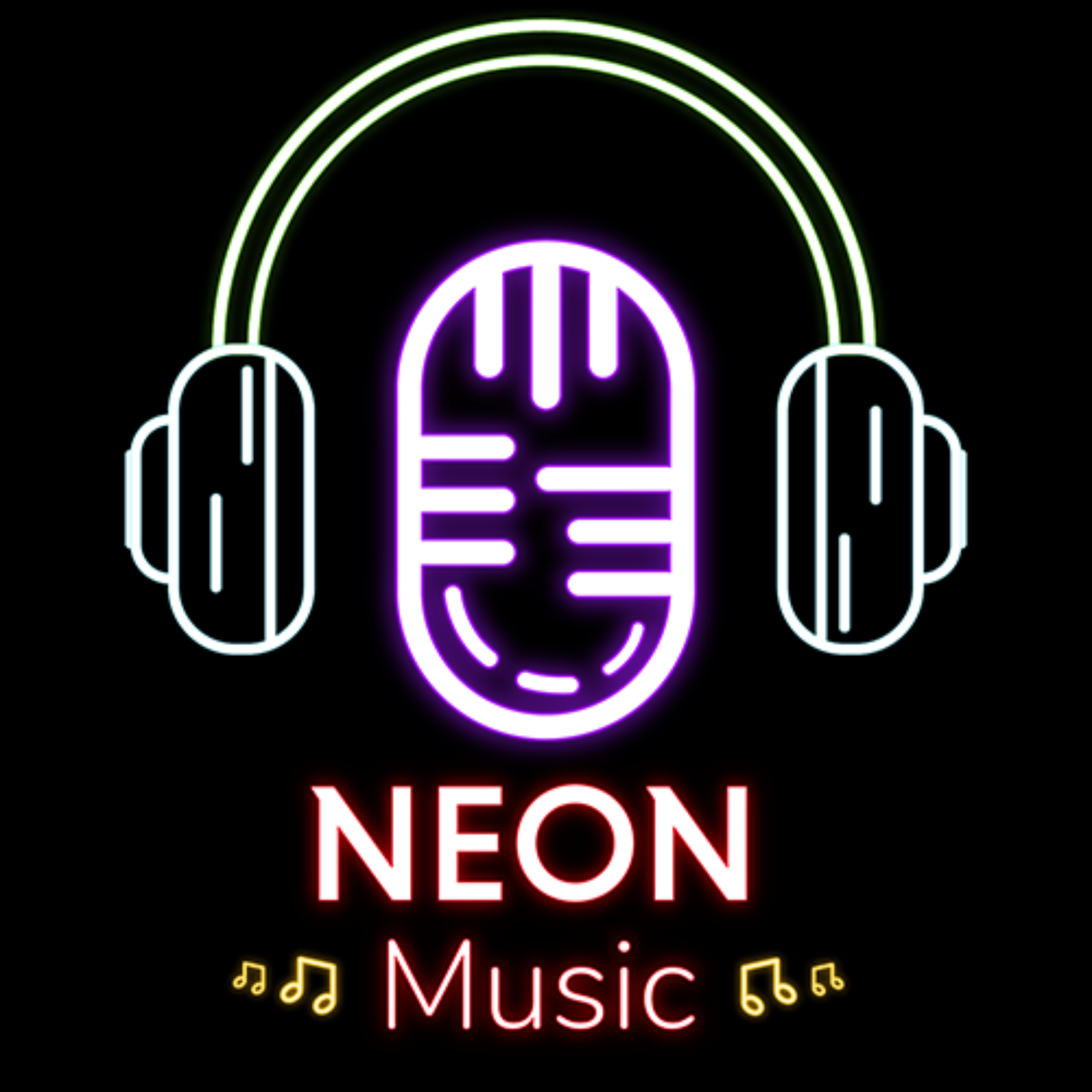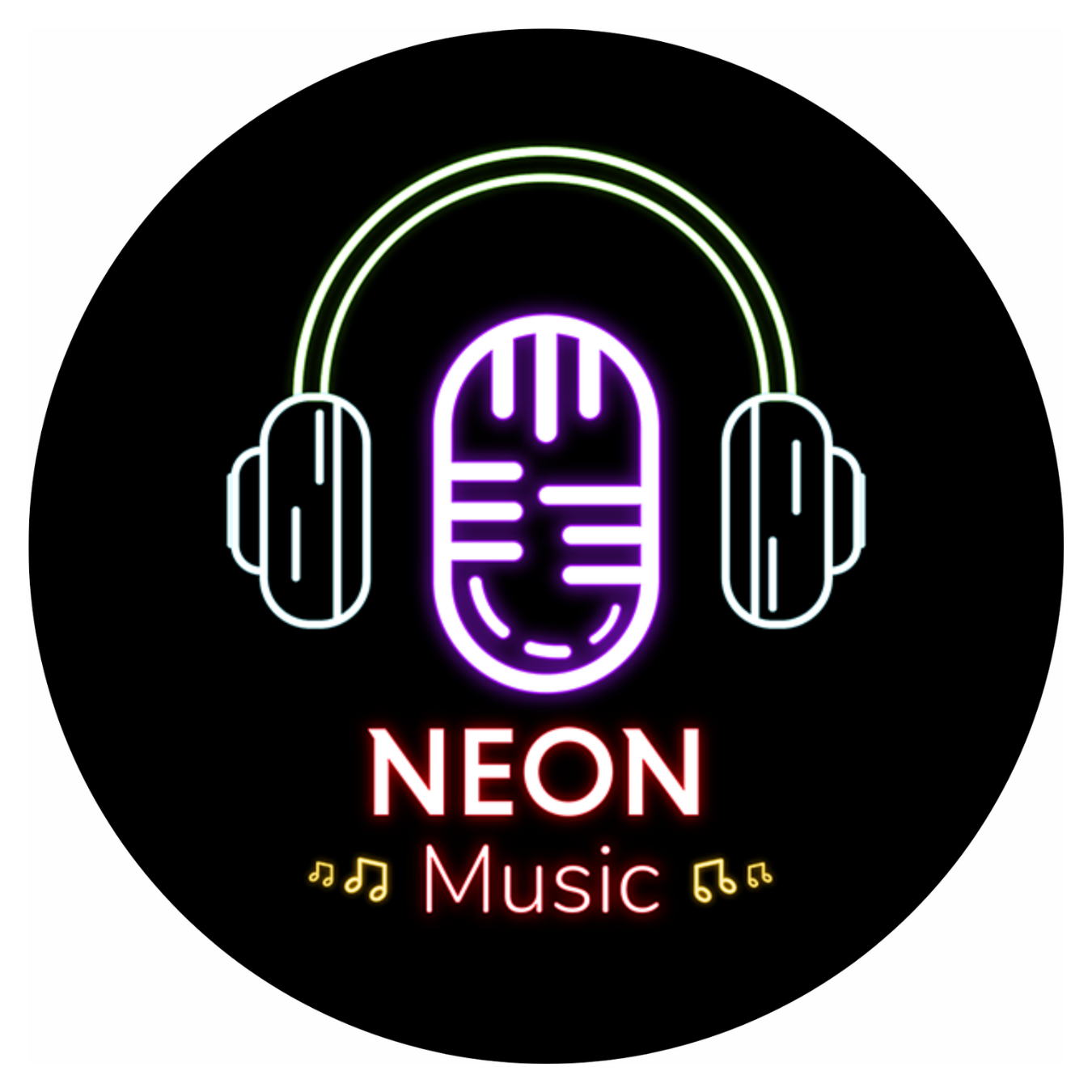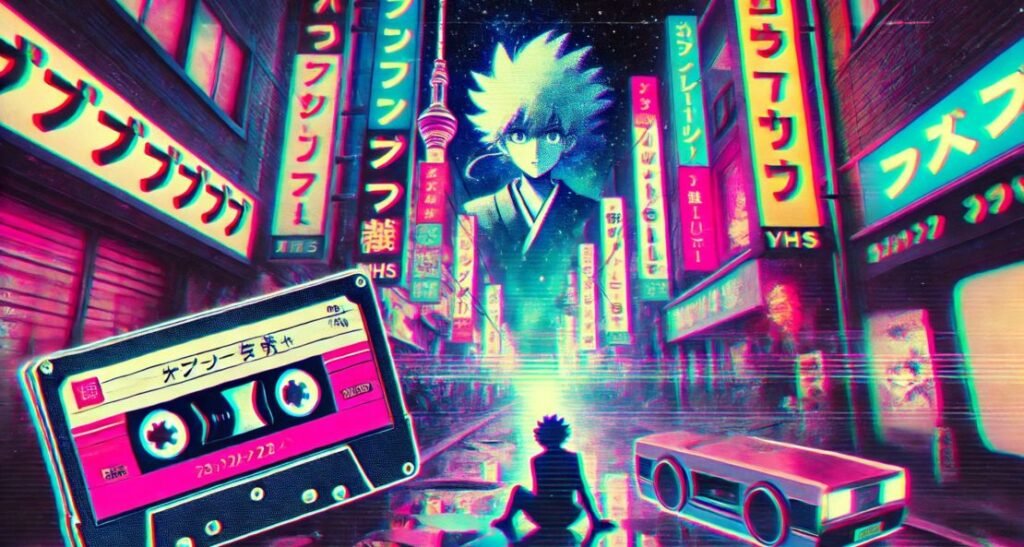Long before algorithms could whisper nostalgia into our ears, the visual grammar of Japanese consumer aesthetics had already burrowed into internet music.
Vaporwave, often treated as a half-ironic YouTube subgenre, became one of the more uncanny vessels for reinterpreting these aesthetics.
Its use of Japanese signifiers is less about authentic cultural representation and more about how fragments of identity are reshuffled and consumed by a digitally fluent, often Western audience.
For a deeper exploration of how vaporwave integrates Japanese iconography through both overt visuals and layered cultural references, read our feature The Tomorrow That Never Was: Japanese Iconography in Vaporwave.

Japanese characters appear like texture across album covers, song titles, and pseudo-brand logos, evoking everything from neon-soaked shopping districts to static-filled television ads from the 1980s.
It’s iconography that feels familiar, even if you don’t speak the language.
That dissonance—between legibility and foreignness—is part of the allure. In vaporwave, these visual choices rarely feel researched or reverent.
They function more like moodboards, sometimes bordering on techno-Orientalist fantasy, where Japan is rendered as a retro-futuristic brand experience.
The Pacific Breeze compilation by Light in the Attic played a key role in introducing city pop to new audiences, showcasing artists that were once considered local treasures.
The link between city pop and vaporwave is often discussed in terms of sampling and sound palettes.
But what connects them more deeply is the imagined geography they both invite listeners into.
City pop emerged during Japan’s economic boom—when its music matched a lived-in optimism, luxury, and globalised cool.
Vaporwave reanimates that version of Japan through secondhand loops, visual collage, and manipulated nostalgia.
One was grounded in the present; the other digs through cultural memory like a thrift store crate.
It’s not a coincidence that Western audiences clung to this imagery just as fast as the beats.
City pop wasn’t designed for export, but it got retrofitted into Western narratives about Japan—high-tech, stylish, slightly opaque.
Vaporwave leans into those projections, not to critique them, but to exploit their aesthetic value.
This fascination isn’t new. Japan has long been the subject of visual remixing in Western art, from Impressionist takes on ukiyo-e to sci-fi neon dystopias.
Vaporwave simply gives that remix a digitised backdrop and a soundtrack filled with longing for futures that never arrived.
As DJ Chintam discussed in a Resident Advisor feature, the recontextualisation of vintage Japanese records through Western rare groove culture reshaped how these sounds were valued.
Whether it’s a faded photo of Shibuya or a sample of Takeuchi Mariya slowed into oblivion, the interest in Japanese signifiers says more about the listener’s fantasy than the culture being referenced.
It’s nostalgia not just for another time, but for a version of another place that only ever existed in curated fragments.
Japanese signifiers in vaporwave operate less as cultural bridge and more as a screen—something we project onto, blur, and scroll past.
But they remain, stubbornly there, flickering like forgotten ads in an endless autoplay queue.


